Rats fed a sugar syrup early in life develop an unusual gut microbiome that seems to worsen the rodents’ memories by changing the way their brains work.



Scientists at Johns Hopkins Medicine have found types of cells in the brain that are most susceptible to inherited genetic variants linked to schizophrenia. As a result, their work reveals a shortlist of the variants that most likely impact disease risk.
Details of the scientists’ analysis, published April 17, 2020, in Genome Research, compared human genetic studies with data on how DNA is folded in mouse cells, including a diversity of brain cells.
“Every common disease has a major genetic component at its root,” says Andrew McCallion, Ph.D., professor of genetic medicine at the Johns Hopkins University School of Medicine. “Studying genomes across human populations helps us find the genetic landmarks that are linked to disease, but these often don’t give us the biological insight that pinpoints the cells in which that variation acts to impact disease risk.”
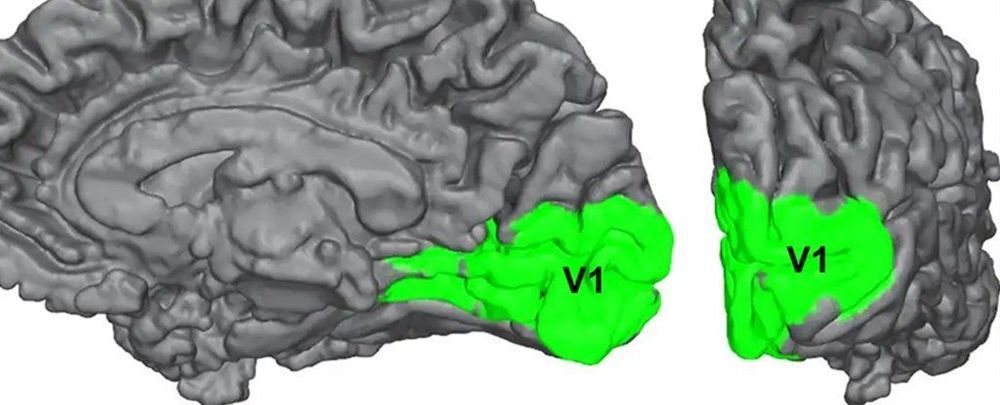
Imagine being completely blind but still being able to see. Does that sound impossible? Well, it happens.
A few years ago, a man (let’s call him Barry) suffered two strokes in quick succession. As a result, Barry was completely blind, and he walked with a stick.
One day, some psychologists placed Barry in a corridor full of obstacles like boxes and chairs. They took away his walking stick and told him to walk down the corridor.
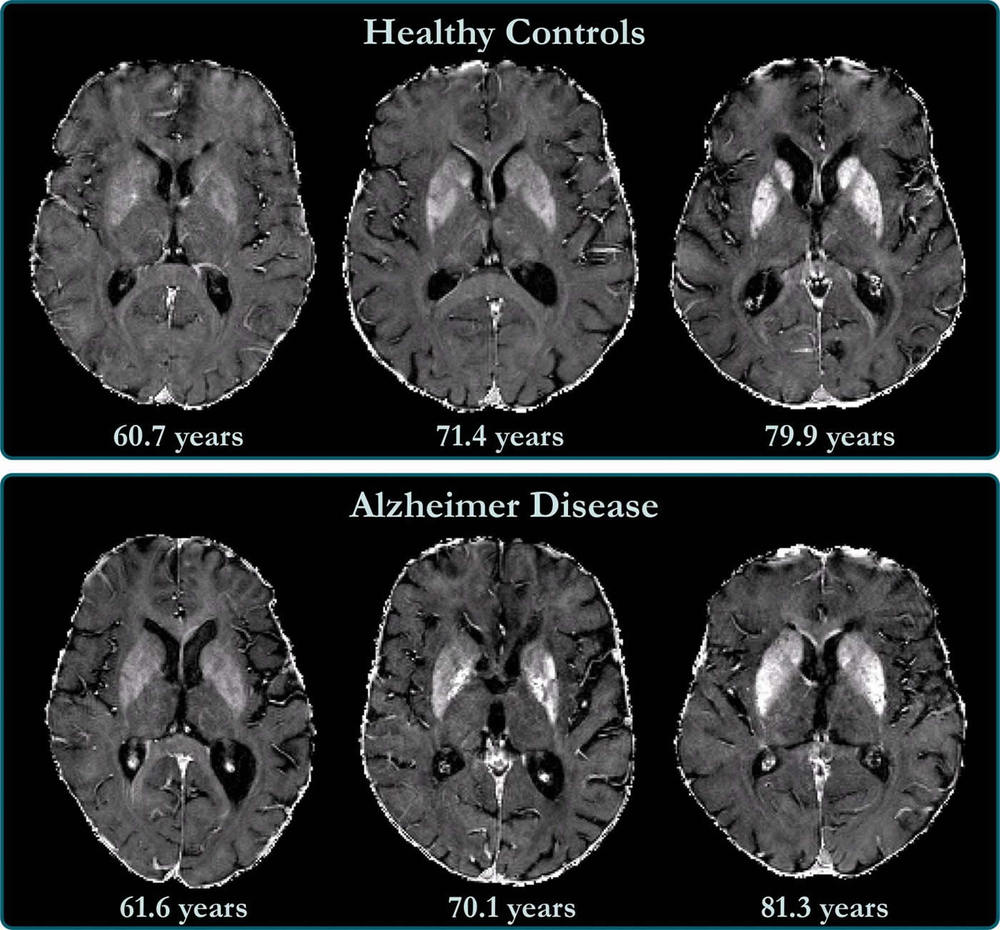
Summary: Iron accumulation in the brain’s neocortex has been linked to cognitive decline in people with Alzheimer’s disease.
Source: RSNA
Researchers using MRI have found that iron accumulation in the outer layer of the brain is associated with cognitive deterioration in people with Alzheimer’s disease, according to a study published in the journal Radiology.

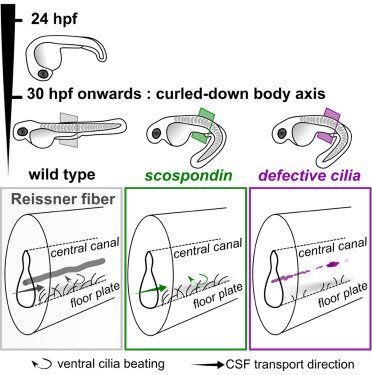
Lurking just beneath the surface of just about every common nursery rhyme is a complex record of times long gone. For example, the “crooked man” who “laid a crooked sixpence upon a crooked style” was none other than the great 17th-century Scot General Sir Alexander Leslie. The crooked stile was the uneasy border between Scotland and England established by the controversial covenant he signed. Quite similarly, many enigmatic structures that permanently persist or otherwise transiently appear and resorb in the development of the nervous systems of many creatures also encode a rich evolutionary past.
One such functioning relic is Reissner’s fiber, a glycoprotein sheet secreted by the subcommissural organ (SCO) that inexorably treadmills down the central canal of the spinal cord. Although the SCO was one of the first structures of the mammalian brain to differentiate, in humans, it begins regressing around age three or four and typically becomes vestigial by adulthood. The main component of Reissner’s fiber is a giant 5000-amino-acid vertebrate molecule called SCO-spondin. This protein contains axonal pathfinding domains critical to development of the posterior commissure, a transhemispheric highway that bears axons controlling the pupillary light reflex.
The other product of the SCO is a thyroid-hormone-transporting protein called transthyretin. Much like all the organified metals fixed by life, iodine has a unique story to tell in the evolution of the body plan. Recently, an intriguing connection between Reissner’s fiber and development of the spine that houses it has been discovered in the model organism, zebrafish. These fish, as recently observed for the serotonergic control of neurogenesis, have proven to be an exemplary model for studying all things neural. In the latest issue of Current Biology, author Nathalie Jurisch-Yaksi reviews a remarkable confluence of ideas that establish an indisputable role for Reissner’s membrane building a straight and strong spine.
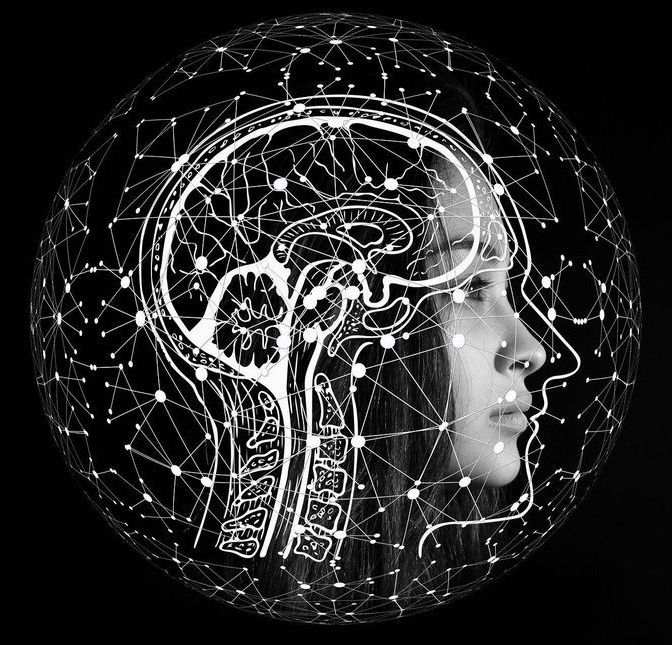
The recent killings of unarmed individuals such as George Floyd, Breonna Taylor, Ahmaud Arbery and Tony McDade have sparked a national conversation about the treatment of Black people—and other minorities—in the United States.
“What we’re seeing today is a close examination of the hardships and indignities that people have faced for a very long time because of their race and ethnicity,” said Kyle Ratner, an assistant professor of psychological and brain sciences at UC Santa Barbara. As a social psychologist, he is interested in how social and biological processes give rise to intergroup bias and feelings of stigmatization.
According to Ratner, “It is clear that people who belong to historically marginalized groups in the United States contend with burdensome stressors on top of the everyday stressors that members of non-disadvantaged groups experience. For instance, there is the trauma of overt racism, stigmatizing portrayals in the media and popular culture, and systemic discrimination that leads to disadvantages in many domains of life, from employment and education to healthcare and housing to the legal system.”
Although plants make up over 80% of the biomass on Earth, for centuries they have been thought of as inanimate and passive things. Researchers even coined the term “plant blindness” to refer to a cognitive bias that literally makes our brains zone out plants in our view and underestimate their importance.
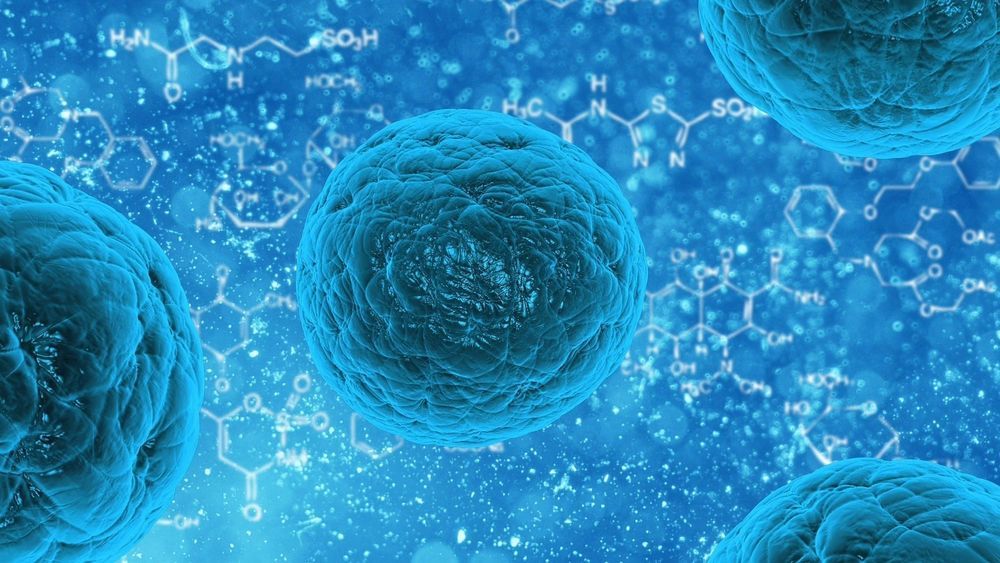
In molecular biology, chaperones are a class of proteins that help regulate how other proteins fold. Folding is an important step in the manufacturing process for proteins. When they don’t fold the way they’re supposed to, it can lead to the development of diseases such as cancer.
Researchers at the Sloan Kettering Institute have uncovered important findings about what causes chaperones to malfunction as well as a way to fix them when they go awry. The discovery points the way to a new approach for developing targeted drugs for cancer and other diseases, including Alzheimer’s disease.
“Our earlier work showed that defects in chaperones could lead to widespread changes in cells, but no one knew exactly how it happened,” says SKI scientist Gabriela Chiosis, senior author of a study published June 30 in Cell Reports. “This paper finally gets into the nuts and bolts of that biochemical mechanism. I think it’s a pretty big leap forward.”
In a new study researchers at Karolinska Institutet and KTH Royal Institute of Technology have developed a new kind of brain atlas based on an innovative method of mapping brain tissue into areas according to their molecular profile. The study is published in Science Advances.